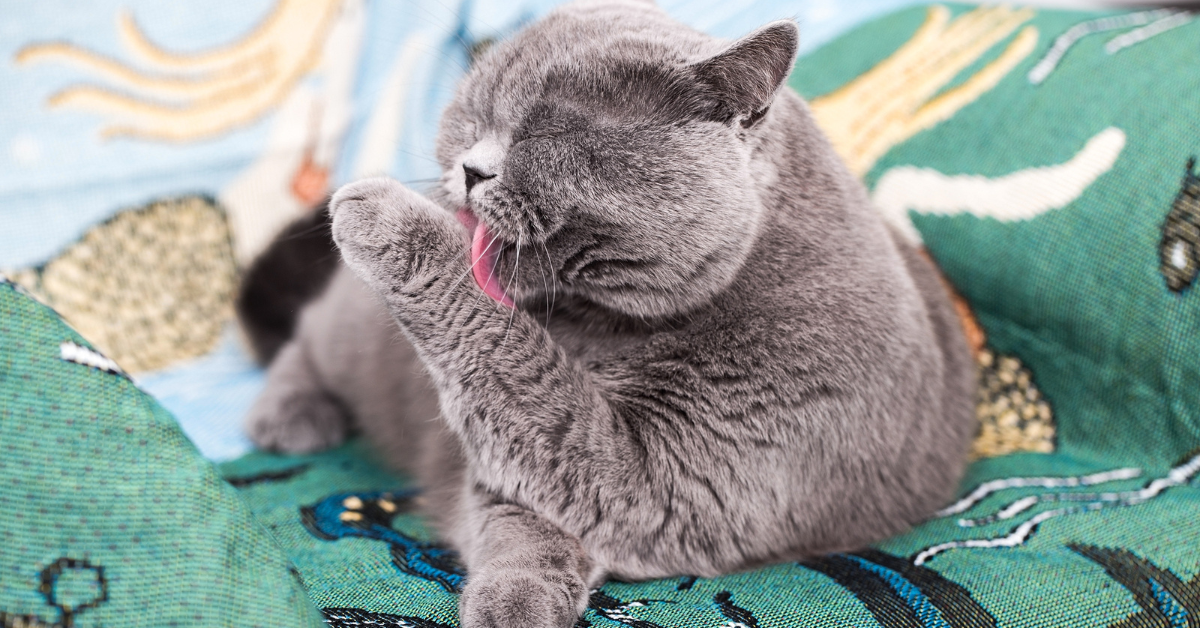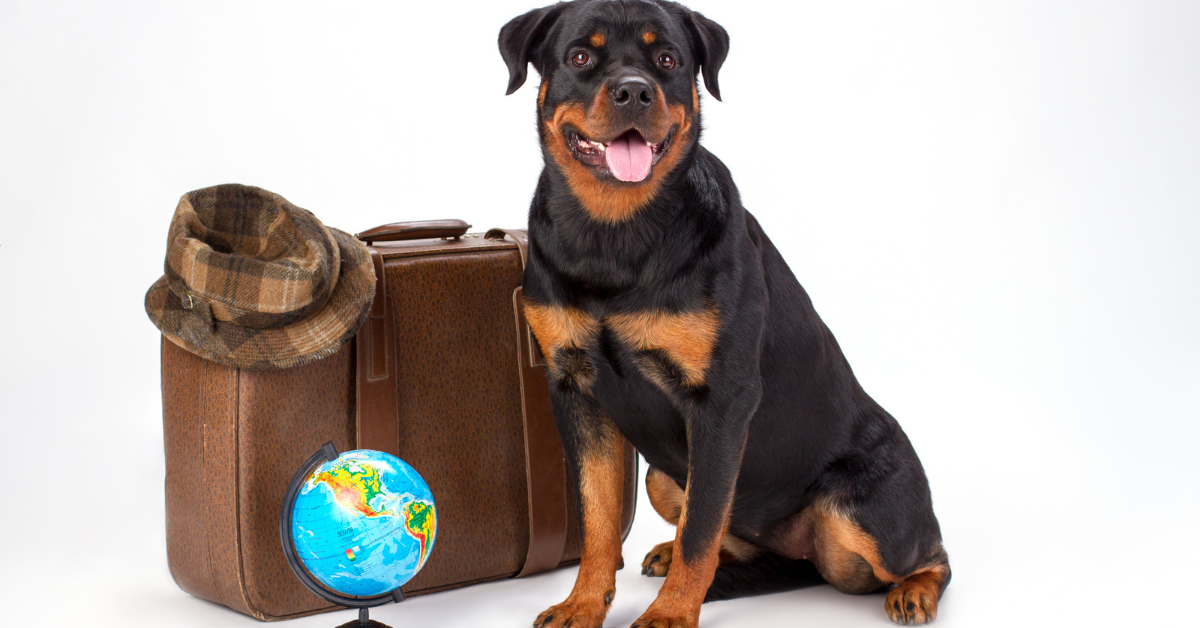How to Crate Train Your Dog

Kennel, carrier, crate. Whatever you call it, it provides key benefits for your dog, from puppyhood through his senior years. Dogs are natural "denning" animals,1 and a kennel creates a special, safe place for them to curl up and rest, providing needed security and stress relief. It's also a comfortable and safe environment for your pet while traveling – either long distances or quick trips to the vet. Proper crate training leads to more effective behavioral training, housetraining, and overall happier pets and pet parents.
HOW TO PICK THE RIGHT SIZE KENNEL FOR YOUR DOG
When it comes to kennels, size matters. Whether you select a plastic or a wire kennel, if it's too small, your dog will not be comfortable. On the other hand, if the kennel is too large, housetraining may not be effective, as your pet may go to the bathroom on one side and sleep on the other. To properly size your dog for a kennel, measure him from the top of his head to the floor and from the tip of his nose to the base of his tail. The height of the kennel should be 3-4 inches taller than your pet when they are standing and sitting down, and there should only be enough room for your pet to stand up, turn around, sit, and lie down. Here at Petmate, we specialize in and carry a wide assortment of wire dog crates and plastic dog kennels for most breeds, so you'll be sure to find one that fits your pup from head to tail.

HOW TO CRATE TRAIN
Prep
Starting early and being consistent is key with crate training. If you get your dog as a puppy, start working with him when he's young so it becomes a normal part of his everyday routine. Once you've selected a properly sized kennel for your dog, make sure to read and follow the assembly instructions thoroughly so the kennel is put together correctly.
Select a permanent location in your home for the kennel. This location should be in a room that is full of activity so your dog can enjoy his own "special" place while still being a part of the family. For your dog's safety, be sure to remove his collar, tags, harness, and leash before placing him in the kennel.
It's a good idea to take your dog outside to potty before placing him in the kennel. At best, a puppy can "hold it" for approximately one hour for his age in months,2 but no longer than eight hours, and it can vary depending on the size of the breed. So if your puppy is 3 months old, he can probably stay in the kennel for about three hours before needing to go out again. However, smaller dogs may need potty breaks more frequently than large ones. As a general rule, an adult dog can be crated for up to eight hours on occasion but should be given a break to go outside about every four to five hours.3
Placing a few of your dog's favorite toys in his kennel will help keep him occupied and interested and discourage unwanted and destructive behavior.
If your puppy or dog is going to be in his kennel for more than two hours, it's best to provide water by attaching a water bowl attachment to the crate.4 Regular bowls can be messy and spill, leaving your dog wet and soggy while inside his kennel.
Train
Crate training is a gradual process. Start by keeping the kennel door open, allowing your dog to get comfortable with going in and out on his own. You can feed him his meals in or near the kennel for several days or weeks to help pique his interest in this space.
Soon, make him stay in the kennel for a few minutes by restraining him at the door with your hand and gradually increasing the time he stays inside. Once he is comfortable being inside the kennel, close the door. Stay in the room with him while he's crated for about five to 10 minutes, and then go into another room for a few minutes. When you come back, sit quietly in the room for a short time, and then let him out. Repeat this process several times a day, gradually increasing the length of time you leave him in and the length of time you're out of sight. When your dog will stay quietly in the crate for about 30 minutes with you mostly out of sight, you can begin leaving him crated when you're gone for short time periods, like quick errand trips, and/or letting him sleep there at night.5
Be sure to praise him and give him treats when he is quiet and calm inside the kennel! This will reinforce the behavior in a positive way and help him associate being crated with rewards. Punishing your dog by forcing him into his kennel or reprimanding him while he is in it can undermine his sense of security in his kennel and be counterproductive to the training process. Once your dog feels safe and secure in the kennel with the door closed, he will eventually sit quietly, lie down and sleep in his new "den" daily. You may even catch him hanging out in it while you're home!
WHAT TO AVOID
1. Don't Force It.
While crate training does require you to be firm and consistent, it's important that you never force your dog into the crate before they are comfortable with it. If you've adopted a dog from a shelter, have a dog with known behavioral issues, or have a dog who has had a previous owner, there may be some past traumatic experiences with confinement that could amplify an already stressful experience.
2. Don't Give in to Crying or Whining,
Give your dog some credit. If you let him out when he whines or cries, your pup will learn to use this to his advantage. As painful as it can be to leave a crying puppy in a crate (on both your heart and your ears), the last thing you want to do is condition your dog to use noisemaking to get his way.
If you suspect your dog may be whining because he needs to go potty, try to wait for a lull in the whining, when he is quiet, before letting him out.
3. Don't Use the Crate as Punishment.
Punishing your dog by forcing him into his kennel or reprimanding him while he is in it can undermine his sense of security in his kennel and be counterproductive to the training process. This is a surefire way to get your dog to associate the crate with negative experiences.
4. Don't Rely on the Crate.
If keeping your pup in the crate is the only way to keep him from being destructive or otherwise erratic, there are underlying issues you need to address. Be sure to speak with a vet or other professional to get to the bottom of it. It could be as simple as your dog needing more exercise during the day, or there could be a behavioral issue that needs to be looked at.
CONCLUSION
Crate training may take several days or weeks depending on your pet's age, breed and temperament.6 It's important to be patient and consistent with training so it becomes a regular, positive part of his life.
For more information on crate training, consult your veterinarian or a professional trainer.
Additional Resources:
Previous article

Next article

Related posts
View all-

5 Simple Tips to Make Sure Your Cat Drinks Enough Water
Ensuring your cat stays hydrated is important, but it can be challenging since many cats don't drink enough water. Dehydration can lead to kidney disease and other health issues. Fortunately, you can encourage your cat to drink more with a few simple changes. Read Article -

How to Keep Your Cat Busy at Night (So You Can Sleep)
For many cat owners, the quest for a good night's sleep while keeping their feline friends content and engaged can seem like a never-ending battle. Cats, naturally more active at night or early in the morning, often disrupt your sleep schedules with nocturnal activity, whether through playful nature or seeking attention. Read Article -

Should You Bathe Your Cat? Everything You Need to Know About Cat Hygiene
When it comes to cat hygiene, a common question among cat owners is, "Should you bathe your cat?" Understanding how to care for felines, especially bathing cats properly, is crucial for maintaining their overall health. Most cats are fastidious groomers, but specific scenarios like long-haired cats getting dirty or skin irritations, might require a bath.
Read Article -

How to Fly with a Large Dog: Tips and Tricks
Traveling can be challenging, especially when it involves flying with a large dog. Whether your furry friend is a service dog, therapy dog, or simply a beloved pet, understanding the guidelines set by most airlines is crucial. Read Article




